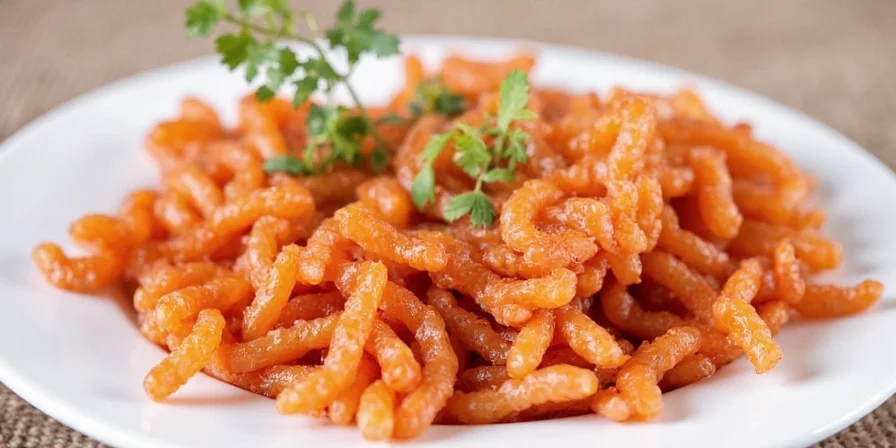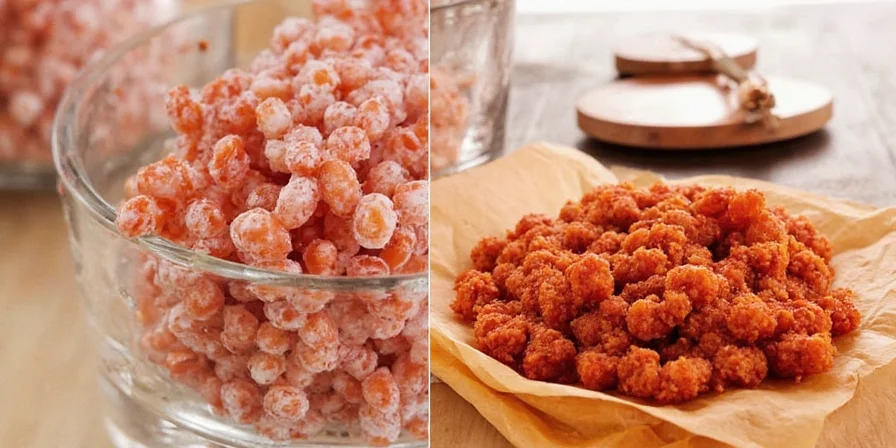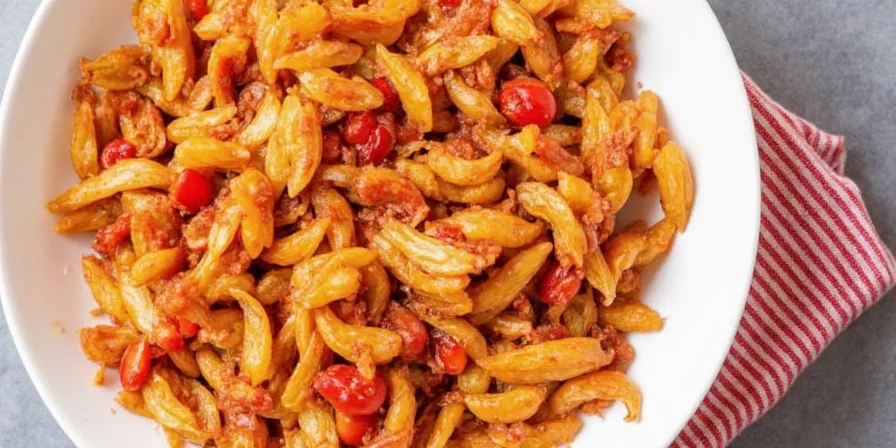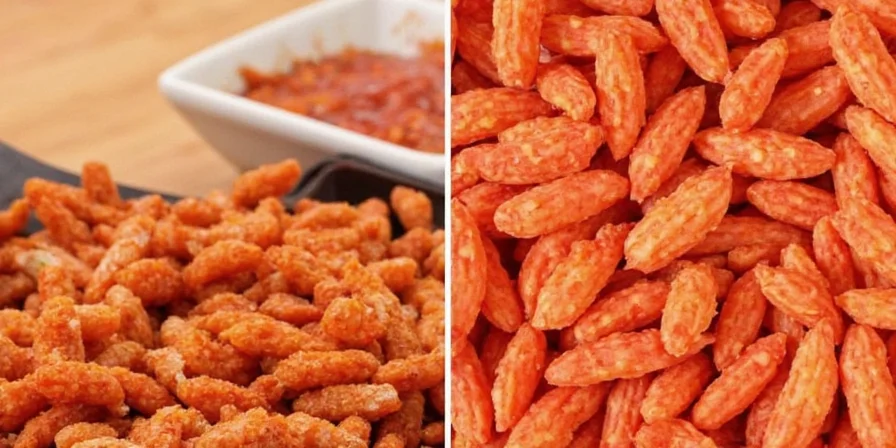Gingelly Secrets Revealed: 7 Surprising Tips That Will Spice Up Your Kitchen Life!
Welcome to the world of gingelly, where flavor meets function in the most deliciously unexpected ways. Whether you're a seasoned chef or just someone who loves adding a little crunch to your dishes, this post is for you.
In this article, we’ll dive into the aromatic universe of gingelly — from its origins to clever cooking hacks, and even some surprising health benefits. So grab your apron (or at least a spoon), and let’s explore what makes this humble seed such a powerhouse in the spice world.
What Exactly Is Gingelly?
If you’re new to the term “gingelly,” don’t worry — you’ve probably seen it on grocery shelves under another name: sesame seeds. Yes, that’s right! In many parts of Asia and Africa, especially India and Nigeria, the term “gingelly” refers to the oil extracted from these tiny but mighty seeds.
| Term | Meaning | Region |
|---|---|---|
| Gingelly | Sesame oil | India, Nigeria, Sri Lanka |
| Sesame Oil | Oil from sesame seeds | Global usage |
| Til Oil | Literally means "sesame oil" in Hindi | Nepal, North India |
The Many Faces of Gingelly
Depending on how it's processed, gingelly can come in various forms:
- Raw Gingelly Oil – Light in color, used for skincare and light sautéing
- Toasted Gingelly Oil – Rich, nutty aroma, commonly used in Asian stir-fries
- Gingelly Seeds – Versatile for garnishing, baking, or grinding into pastes

Why Gingelly Belongs in Every Spice Cabinet
Gingelly isn’t just about taste — though let’s be honest, that rich, earthy flavor can elevate any dish from bland to brilliant. But there’s more beneath the surface of this tiny seed.
Top Benefits of Using Gingelly
- Boosts Heart Health: Loaded with healthy fats like oleic acid and linoleic acid
- Promotes Bone Strength: Packed with calcium, magnesium, and phosphorus
- Antioxidant Powerhouse: Contains sesamol and sesamin, which combat free radicals
- Improves Skin: Used in Ayurveda for massaging and moisturizing skin naturally

7 Practical Gingelly Hacks You Need to Know
Ready to take your culinary game to the next level? Here are seven fun and functional tips to make the most out of gingelly in your kitchen — and maybe even beyond!
1. Toast It Yourself for Maximum Flavor
Store-bought toasted gingelly oil is great, but nothing beats freshly toasted oil made at home. Just heat up whole seeds in a dry pan until golden and fragrant, then press the oil manually or with a blender. The difference in flavor is night and day!
2. Use It as a Finishing Oil
Gingelly has a low smoke point, so it’s best added after cooking. Drizzle it over rice, noodles, roasted veggies, or soups for a deep, nutty finish.

3. Mix with Soy Sauce for an Instant Stir-Fry Boost
Create a quick, umami-rich sauce by mixing toasted gingelly oil with soy sauce, minced garlic, and a touch of honey or maple syrup. Perfect for veggie stir-fries or noodle bowls.
4. Substitute for Olive Oil in Salad Dressings
Swap half the olive oil in your dressing with gingelly oil for a bold twist. Pair it with rice vinegar, citrus zest, or miso for extra depth.
5. Make Your Own Gingelly Paste (Tahini-ish Version)
Grind roasted gingelly seeds with a splash of oil and salt to make a paste similar to tahini. Use it in dressings, dips, or even sweet desserts!
6. Use Seeds Whole for Crunch and Visual Appeal
Black and white gingelly seeds add visual flair and texture to baked goods, granolas, or sushi rolls. Sprinkle them over salads, yogurt, or avocado toast.

7. DIY Gingelly Massage Oil (Bonus Non-Cooking Tip!)
In traditional Indian medicine (Ayurveda), gingelly oil is used for body massages to improve circulation and soothe muscle tension. Warm it slightly before applying — it’s like a spa day at home!

Common Mistakes to Avoid When Using Gingelly
Even seasoned cooks sometimes misuse gingelly without realizing it. Here are some pitfalls to watch out for:
- Heating it too high: Don’t use it for deep frying; stick to medium or low-heat applications.
- Storing it improperly: Keep gingelly oil in a cool, dark place to prevent rancidity. Once opened, refrigeration helps extend shelf life.
- Using old or stale oil: Freshness matters! If it smells musty or bitter, toss it out.
How to Store Gingelly Like a Pro
Proper storage keeps your gingelly fresh and flavorful longer. Here’s a quick guide:
| Form | Storage Method | Shelf Life |
|---|---|---|
| Gingelly Oil (Unopened) | Cool, dark pantry | 1–2 years |
| Gingelly Oil (Opened) | Refrigerated | 6–8 months |
| Gingelly Seeds | Airtight container, cool place | Up to 1 year |
Conclusion: Gingelly – More Than Just a Pretty Seed
From boosting your heart health to transforming your everyday meals into gourmet delights, gingelly truly deserves its spot in every spice lover’s kitchen. Whether you’re using it as an oil, a topping, or even a self-care staple, this versatile ingredient adds depth, flavor, and a dash of ancient wisdom to modern living.
So next time you see those little black or white seeds in your spice rack, remember: you’re not just looking at gingelly — you’re looking at a legacy of flavor, wellness, and culinary magic waiting to unfold in your next meal.











 浙公网安备
33010002000092号
浙公网安备
33010002000092号 浙B2-20120091-4
浙B2-20120091-4